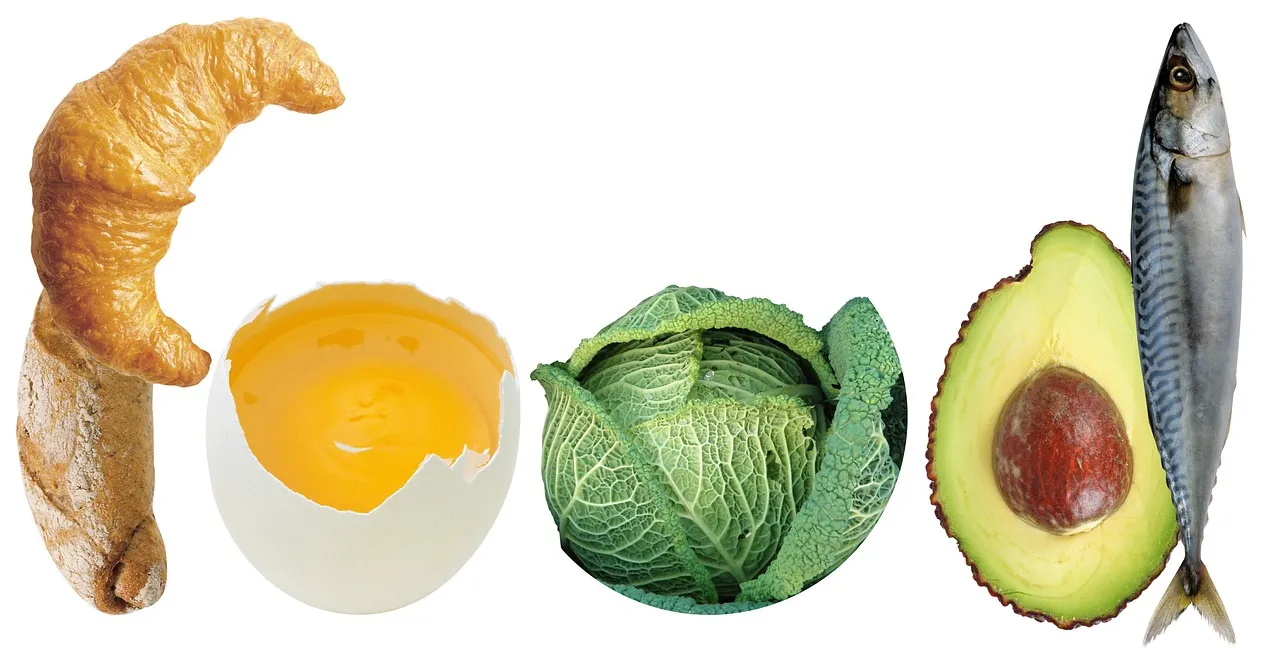
The Beneficial Effects and Health Benefits of Watercress
Watercress, also known as “water radish,” is a special plant that thrives along waterways and is extremely rich in nutrients. Watercress is not just a delicious vegetable; it is one of nature’s wonders, offering numerous health benefits. With its fresh taste and crisp texture, it can be a popular ingredient in salads, soups, and sandwiches, and it also plays a significant role in health maintenance.
The nutrient content of watercress is impressive: it is packed with vitamins, minerals, and antioxidants that can help our bodies function properly. Some studies suggest that regular consumption can contribute to the prevention of various diseases and assist in managing existing health issues. Since watercress grows in water, it has a high water content, which can be particularly beneficial for hydration.
In this article, we will explore the health benefits, nutrient content, and advantages of watercress, so everyone can get to know this wonderful plant that is not only tasty but also incredibly useful.
The Nutrient Content of Watercress
The nutrient content of watercress is outstanding and can contribute to our health. One of its most important components is the wide spectrum of vitamins and minerals. Watercress is rich in vitamins A, C, and K, which are essential for the normal functioning of the body. Vitamin A supports eye health and skin regeneration, while vitamin C is a powerful antioxidant that protects cells from free radicals and supports the immune system. Vitamin K plays an important role in blood clotting and bone health.
Additionally, watercress is rich in minerals such as calcium, iron, and magnesium. Calcium is essential for the health of bones and teeth, while iron plays a key role in maintaining hemoglobin levels in the blood. Magnesium contributes to the proper functioning of the nervous system and muscles, helping to reduce stress and promote relaxation.
Watercress is also packed with fiber, which aids digestion and supports gut health. A fiber-rich diet can contribute to weight control by increasing the feeling of fullness, thus helping to prevent overeating. Watercress is low in calories, making it an ideal choice for dieters.
Overall, due to its nutrient content and health benefits, incorporating watercress into our diet is worthwhile. Whether fresh in salads or cooked in soups or side dishes, watercress is not only delicious but also a nutritious and healthy choice.
The Health Benefits of Watercress for the Immune System
One of the most important health benefits of watercress is its ability to strengthen the immune system. The vitamin C and other antioxidants it contains contribute to enhancing the body’s defenses, helping to prevent infections and diseases. Antioxidants inhibit the activity of free radicals, which can cause cell damage, thus contributing to the protection of cells and the reduction of inflammation.
Regular consumption of watercress can be particularly beneficial during the winter months when colds and flu are prevalent. The vegetable’s refreshing effect and rich vitamin and mineral content can aid in faster recovery if we do get sick. Moreover, watercress can stimulate the production of white blood cells, which play a key role in the immune response.
The anti-inflammatory properties of watercress also contribute to the health of the immune system. Reducing inflammation can help lower the risk of chronic diseases such as cardiovascular issues or diabetes. A healthy immune system is not only important for disease prevention but also for overall well-being.
Thus, watercress is not just a tasty vegetable but also a natural way to support our immune system. As part of a healthy diet, it is worth incorporating into our daily lives, whether in salads or as an addition to main dishes.
The Role of Watercress in Maintaining Cardiovascular Health
The health benefits of watercress also include supporting cardiovascular health. The antioxidants, vitamins, and minerals it contains can help prevent heart problems and assist in managing existing conditions.
Watercress is rich in potassium, which is essential for the proper functioning of the heart. Potassium helps regulate blood pressure, thus reducing the risk of hypertension. High blood pressure is a common precursor to heart disease, so it is important to have an adequate amount of potassium in our diet.
In addition, watercress is low in calories and high in fiber, which helps with weight management. Overweight and obesity can also contribute to cardiovascular problems, so regular consumption of watercress can help maintain a healthy weight and support a healthy lifestyle.
The anti-inflammatory properties of watercress also contribute to heart health. By reducing inflammation, we can mitigate the risk of heart disease, as chronic inflammation can lead to the buildup of plaques in the arteries.
Overall, watercress is not only a delicious vegetable but also a healthy choice for maintaining cardiovascular health. By incorporating it into our diet, we can contribute to the health of our hearts and our long-term well-being.
Ways to Consume Watercress
Watercress is a versatile vegetable that can be the basis for many delicious and healthy dishes. It can be used fresh in salads, cooked, or even in smoothies, making it a truly varied addition to our diet.
One of the most popular ways to consume watercress is by using it in salads. The fresh leaves of watercress are crisp and flavorful, providing an excellent base for salads made with various vegetables and dressings. It can be mixed with other vegetables such as cucumber, tomato, or carrots, and served with a tasty dressing as a great appetizer or side dish.
Watercress is also an excellent choice when cooked, for example, in soups or among steamed vegetables. During cooking, watercress retains its nutrients, and we can create a delicious, nutritious meal from it. When added to soups, watercress imparts a special flavor and rich nutrient content to the dish.
Another exciting way to use watercress is in smoothies. The leaves of watercress blend well with fruits such as bananas, apples, or berries. This way, a nutritious and refreshing drink can be made, packed with vitamins and minerals.
Watercress can also be used as a spice, as its unique flavor pairs well with various dishes. We can make pesto or spicy sauces from it, which add a special flavor profile to our meals.
Therefore, watercress is not only healthy but also delicious, and it can be incorporated into our daily diet in numerous ways. The diverse applications allow everyone to find the most suitable way to enjoy watercress.
Watercress has many beneficial effects, but it is important to note that this article does not constitute medical advice. For health issues, always consult your doctor or a qualified health professional.

